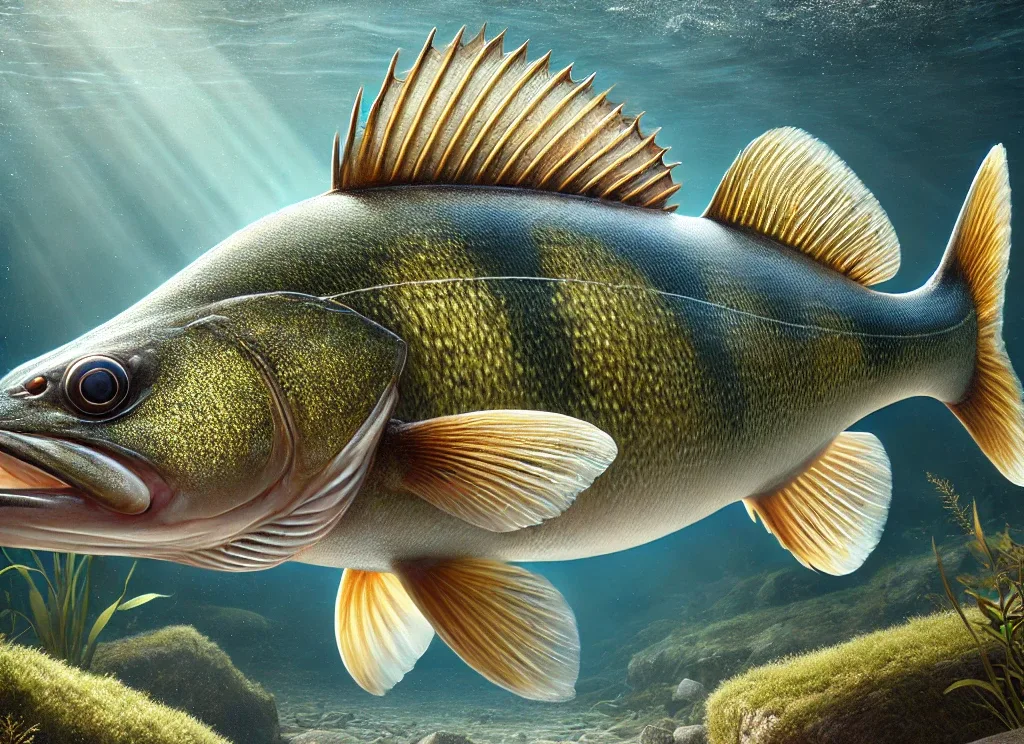Recent scientific research underscores the critical role that large, mature fish play in sustaining healthy fish populations. These “Big Old Fat Fecund Female Fish” (BOFFFFs) contribute disproportionately to reproduction, as they produce significantly more eggs than their younger counterparts. For instance, a 12-pound female can produce exponentially more eggs than several smaller females combined.
Beyond sheer quantity, the eggs from these larger females are often of higher quality, enhancing the survival rates of offspring. Moreover, older fish possess valuable knowledge of migration routes and feeding grounds, which they pass on to younger fish, ensuring the continuity of these behaviors within the population.
Protecting these large fish is essential for the resilience of fish populations, especially during periods of environmental stress. Their longevity allows them to endure unfavorable conditions and reproduce successfully when circumstances improve, a phenomenon known as the “storage effect.”
Conservation strategies, such as implementing slot limits that protect larger fish, are vital. However, many existing regulations still permit the harvest of the largest individuals, often due to social preferences rather than biological considerations. Reevaluating these practices is crucial to ensure the sustainability of fish populations.
Anglers also play a pivotal role in conservation efforts. By choosing to release large fish, they contribute directly to the health and longevity of fish populations, supporting both ecological balance and the future of fishing activities.
In summary, safeguarding large, mature fish is not merely about preserving individual specimens but about maintaining the intricate dynamics of aquatic ecosystems. Their protection is a cornerstone of effective fisheries management and conservation.






